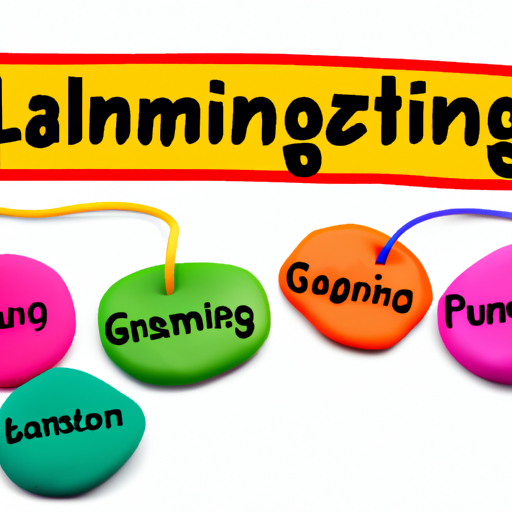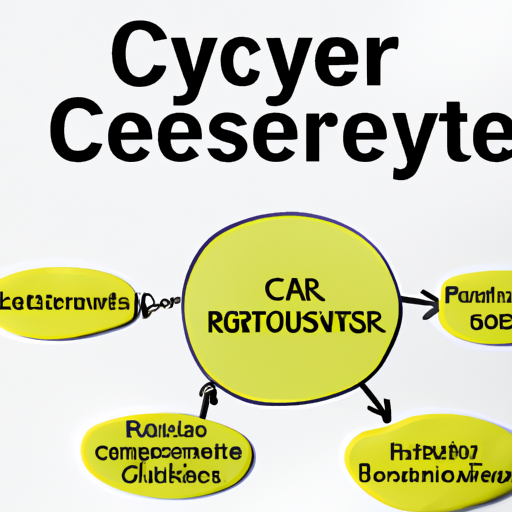In recent years, gamification has emerged as a transformative approach in the field of learning and education. By integrating game-like elements into educational environments, educators are increasing student engagement and motivation to learn.
What is Gamification?
Gamification refers to the process of using game design elements, such as points, badges, leaderboards, and challenges, in non-game contexts. In the realm of education, this can mean turning lessons and assessments into interactive experiences that inspire competition and collaboration among students.
Why Gamification Works
One of the primary reasons gamification is effective in learning is that it taps into fundamental human psychology. Students naturally gravitate towards activities that are fun and rewarding. When educational content is gamified, students are more likely to engage with the material and take ownership of their learning process.
Benefits of Gamification in Education
- Enhanced Engagement: Gamification makes learning activities more appealing, capturing students’ attention with challenges and rewards.
- Immediate Feedback: Game elements provide instant feedback, allowing students to learn from their mistakes in real-time.
- Increased Motivation: The competitive aspects of gamification encourage students to strive for improvement and achieve their personal best.
- Collaborative Learning: Many gamified learning experiences promote teamwork, helping students develop social skills as they collaborate on challenges.
Successful Examples of Gamification in Learning
Educational platforms like Khan Academy and Duolingo have successfully implemented gamification strategies. These platforms use leveling systems, badges, and points to motivate learners, demonstrating how effective interactive learning can be.
Challenges and Considerations
While gamification offers numerous benefits, it’s not without challenges. Educators must remain mindful of ensuring that the gamified elements do not overshadow the educational goals of the lesson. A thoughtful balance is necessary to ensure that while students are having fun, they are also gaining valuable knowledge and skills.
The Future of Gamification in Learning
As technology continues to evolve, the potential for gamification in education expands. Virtual reality and augmented reality are paving the way for even more immersive and engaging learning experiences. As we move forward, integrating gamified elements into traditional learning methods is likely to become a staple in educational strategies.
Conclusion
The incorporation of gamification in learning represents a significant shift in teaching methods that can lead to higher student engagement and improved educational outcomes. By making learning interactive and fun, educators can foster a love for learning that extends beyond the classroom.




